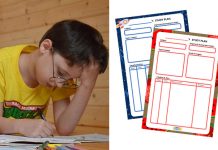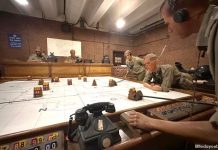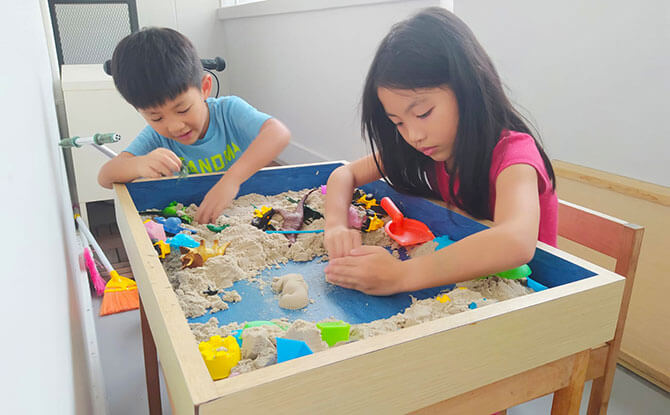
Have you ever thought:
“I wish my husband would handle the children?”
“I wish my wife would step up more?
Let me let you in on a secret. What if I shared with you that there are parallels between these thoughts and what teachers in a typical preschool classroom also think.
Before you go “pfft”, hear me out and let me share with you some simple ideas I have applied from my professional life into my family life.
Year-end Holiday Camps: Discover Fun and Exciting Camps for Kids; Book Early
Farm Fright: Join City Sprouts For Their Halloween Bash On 26 Oct
Households: Classrooms for Life
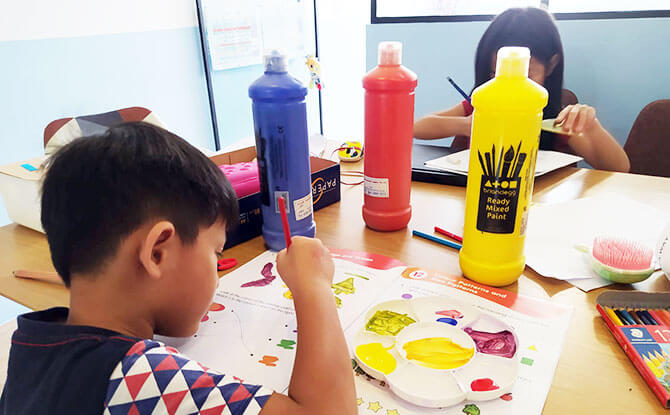 My profession involves writing curriculum for preschools and I am an adjunct lecturer at a local polytechnic in the Early Childhood department.
My profession involves writing curriculum for preschools and I am an adjunct lecturer at a local polytechnic in the Early Childhood department.
I decided to borrow some ideas and knowledge from what I am familiar at work and apply them to my household. I found these ideas especially useful as we find ourselves spending more time at home together.
When I first heard the news about the Circuit Breaker, do you know where I headed to first? Daiso. I wanted to pick up simple cleaning tools, small wiping cloths, aprons etc.
I knew that the household would be the new “classrooms” where adults have to manage children.
If adults do not take on this responsibility, the results would be:
1. Children running amok. (While they do not plan to, it is natural result of putting people together without boundaries or an idea of what they are there for).
2. Adults being overwhelmed and “tai-chi” games happening.
3. Just as the “animals” in children can be released, the “beast” in adults may also emerge.
In short, I had no choice but to figure out how to manage the household with some skills from my work in classroom management.
Classroom Management at Home: Setting Up a Daily Routine
Some people have the common misconception that classroom management is about CONTROL. This could not be more wrong. Let me share.
Classroom (Household) Management is, in fact, putting in of a system. Just like running a country, you need to put in a system to run a classroom (or household) smoothly. There are three aspects to this system.
1. SPACE (that allows self-help)
2. ROUTINE (that everyone agrees and is happy to follow)
3. Meeting the A.B.C NEEDS OF CHILDREN
Space
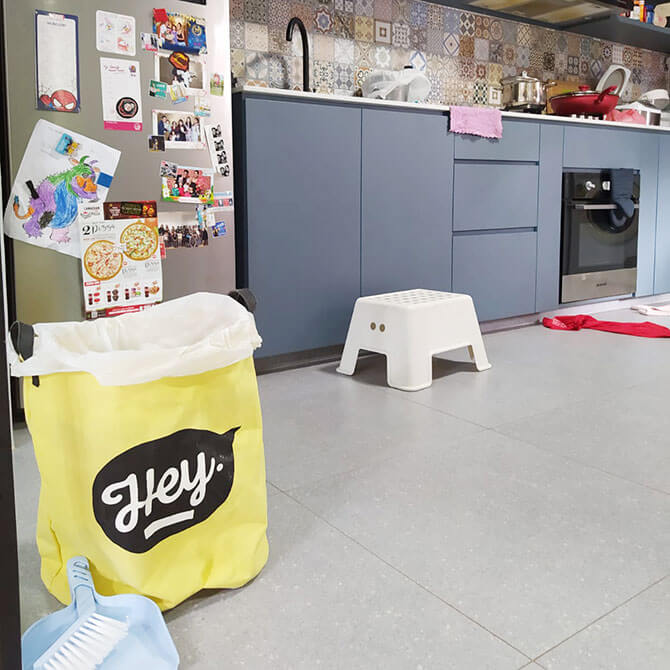
Your physical space must be set up in a way that everyone can maximise their own potential to help themselves.
For example, your 3 year old should be able to reach for an apron and wear it when it comes time for art. Your 4 year old to be able to reach for a table cloth to clean up after a spill. Your 5 year old to be able to reach for a brush to clean up pesky eraser dust. Your 6 year old to be able to reach the tap and do simple dishes.
In short, depending on what your child’s ability is, ensure that they are able to do everything independently. This alleviates you from having to help your child every single moment. More than that, it gives them a sense of empowerment, ownership and comfort in this “system”.
Routine
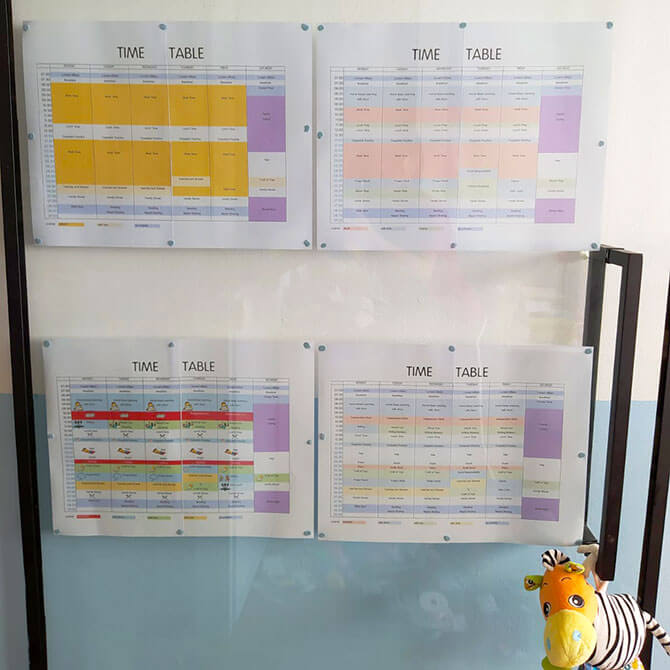
After they shared, their father and I shared, following which, I consolidated and made a timetable for each of us.
Within each day, I provided them with a set of choices that they could determine. My daughter would decide the art activity for each day while my son would decide the snack for each day.
When schools closed, I was mentally prepared not to “chiong” my work but prioritise ensuring and enforcing the running of the daily routine.
I would remind the children of their timetable and refer them to it. Yes, even the timetable was placed at their eye level for them to refer to it on their own. See Point 1.
I prompted them about the timetable and introduced each activity as they first begun on it. After each activity, I also explained my expectations of how the space should looked like and where the items should “go back to”. I looked out for areas where the schedule needed to be adjusted.
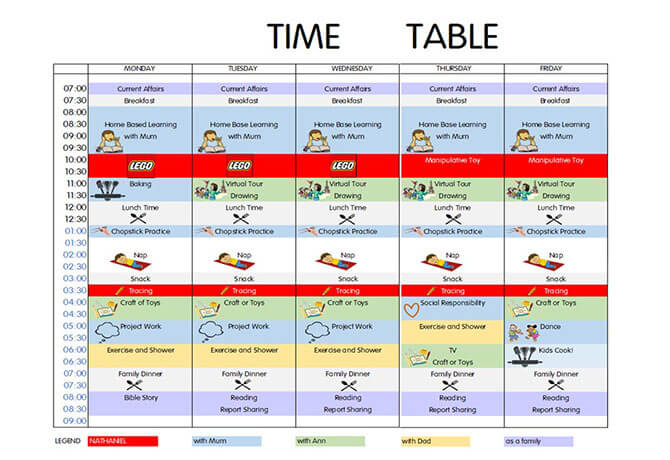
#TIP 2: Start the day with your child first. After they feel your presence, concern, and setting of the pace, they will then be able to do independent work thereafter.
#TIP 3: I added some activities for skills I felt I would love to pass on to my children. I had a time for chopstick practice, a time for Project Approach and a time for Social to develop connection and relationship with others still. You can think about what makes you and your spouse excited to share with your children too.
#TIP 4: Naps are great for preschoolers. They are great for you to have a breather too. Without a nap, anything can trigger a melt down by evening hours.
The A.B.C Needs of a Child
Humans have needs. Children have needs. Point 1 and 2 allows a system to run in the house. However, Point 3 is the way that keeps children calm and happy in this daily routine “system”.
What are the needs of child? Love, you say? What is love? Can you define it in actions instead of a quote? The A.B.C. needs of a child can be broken down and put into tangible practice.
These are points I have borrowed from a course I attended on Play Therapy as a measn to help children are disadvantaged re-establish typical social behaviour. Together with classroom management principles, I realise that these are essential in helping a child to cope.
Acceptance
Children want to feel accepted for who they are:
1) Avoid “conditions” to love
Instead of saying, “I will only love you if you listen to me!”, say “I still love you but you have to learn to listen.”
2) Accept their quirks
Be it a “stubborn” streak or “clumsy” acts, we all have our shortcomings. Calmly direct the child instead of labelling them. For example, say, in calm tone, “You’ve spilled your drink, clean it up.” Be present throughout the process though not robbing the chance for your child to “right a mistake”. Be ready to direct if necessary.
Boundary
Children needs boundaries to feel secure. Yes, you may be surprised but knowing where the boundary is gives security.
1) Set the boundary for child
Let children know your three to five simple rules. Anymore than that, no one will remember them well.
2) Enforce the boundary
Ensure that when the boundary is challenged, there will be consequences for pushing the boundary.
3) Set boundaries for yourself
Set boundaries for yourself in disciplining of your child. It should not be left to “I feel like…”. We may unleash a monster within us. Beware!
Choices
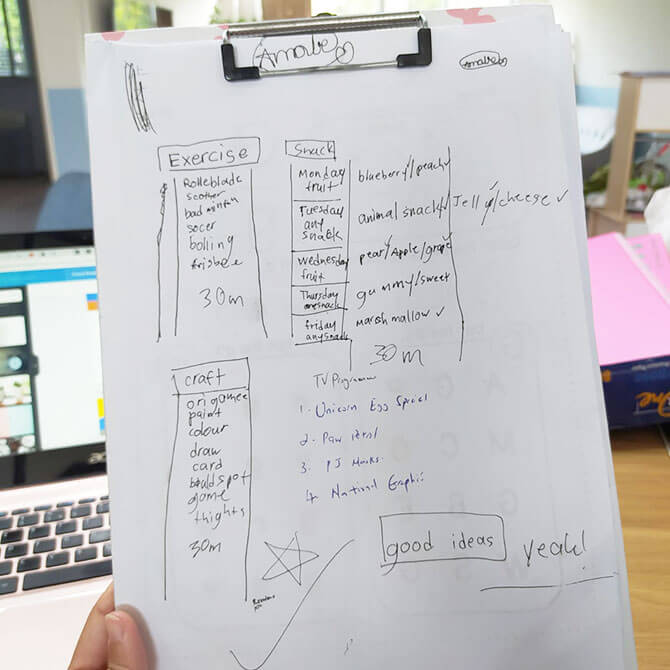
1) Allow choices within the boundary
What are some choices your child can make? Allow them to have a little say within areas which you permit. For example, choice of A or B for snack. choice of exercise, craft activity or books to read.
2) Allow choices daily
Allow little choices daily to empower them.
Establishing a Stay-at-Home Routine
So now that you understand the idea behind “Classroom Management in Households” and the three aspects, I will share, as a parent to another, how I cope with my everyday life during this time when we are all at home together.
Hopefully, this provides you with a little idea on how these concepts look like in practise.
Daily Routine at Home with Kids
Waking up just before 7 am, I ensure that I have done what I need to get myself ready (wash up, quiet time etc) for the day. I write out task I want to get done for my own work that day and prepare water bottles and breakfast.
7 am – Have breakfast as a family, read the news at table or a short devotion.
8 am – Clean up and have dining table cleared to work together. Hubby gets a separate room as he needs to Zoom. Start with the work your child has. Write out the task that child has to complete for HBL for that day. Decide some learning task for the preschooler. Allow primary school child to begin online learning independently while watching the preschooler.
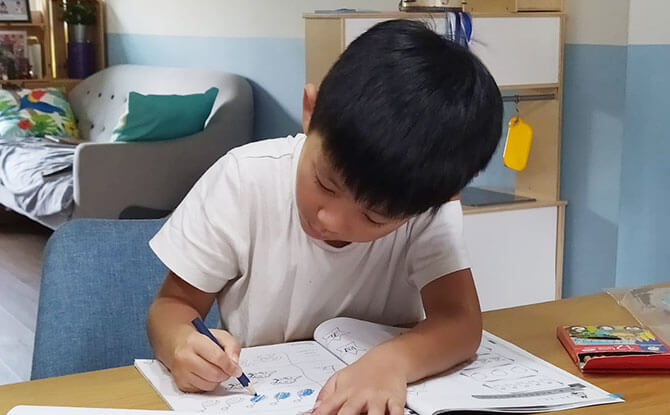
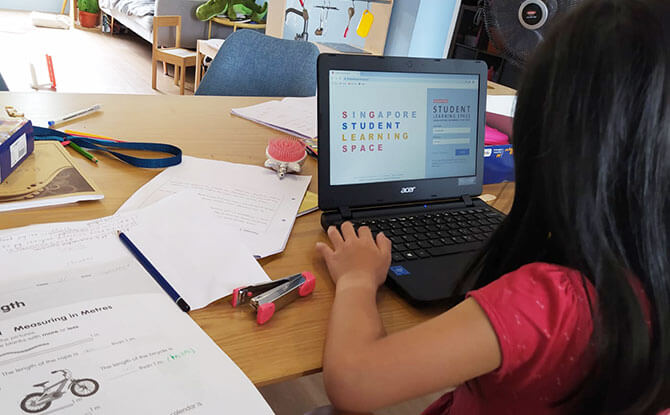
11 am – Both children will go on virtual tour, tapping on the abilities of the primary school child. They will then do note-taking (drawing and writing).
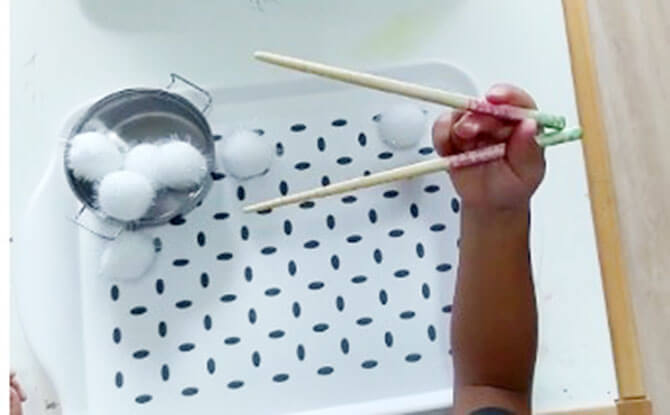

1 pm – Relax. Husband helps with the clean-up and sends the kids to their bedrooms. They can nap independently which gives me a chance to continue with work.
1.30 pm – Make sure the kids are napping. After that, I continue to work.
3 pm – Children will wake up from nap and help themselves to a snack. I continue to work.
3.30 pm – Children engage in independent tasks (audio books, piano practice or tracing etc) while I continue to work.
4 pm – Children get a choice of craft or play activity to create and enjoy. Craft materials are within reach for self-help and clean up. I continue to work.
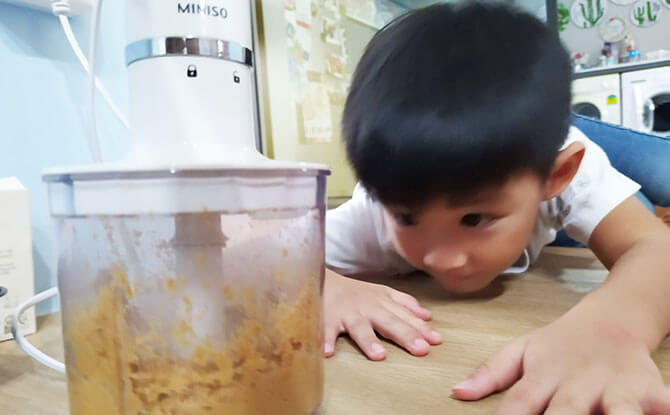
6 pm – Prepare for dinner. Husband ‘knocks’ off and take the children to exercise followed by shower. They are able to shower independently.
7 pm – Family dinner.
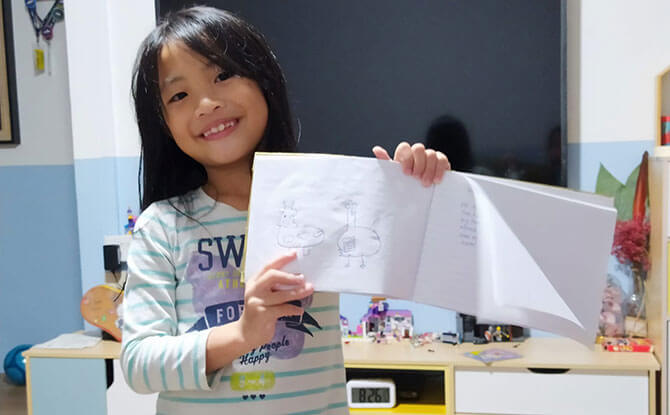
9 pm – Sleep (if they did not nap well in the afternoon). We catch the news on Channel 5 and then it is off to bed.
I hope that this example of a routine at home encourages other parents and sparks some ideas on how to set up a routine at home, continuing to be involved in our children’s lives.
Staying Involved In Our Children’s Lives
Some days ago, my 8 year old asked if I loved her. She often feels that I will defend the younger son more. Truth to be told, the girl is more eloquent than the boy and thus, when the children squabble, my son always loses the “verbal” match and proceeds to a “physical” match. When I intervene because I see that my son needs help. My daughter sees me as “always helping the brother”.
My response to my daughter was, “I am not able to love you perfectly like what you hope for. Only God can. But with what I can, I always try my best to love you. To the best of my knowledge.”
Her response? “That is good enough for me.”
I hope this encourages other parents to continue to be involved in their children’s lives day by day.









